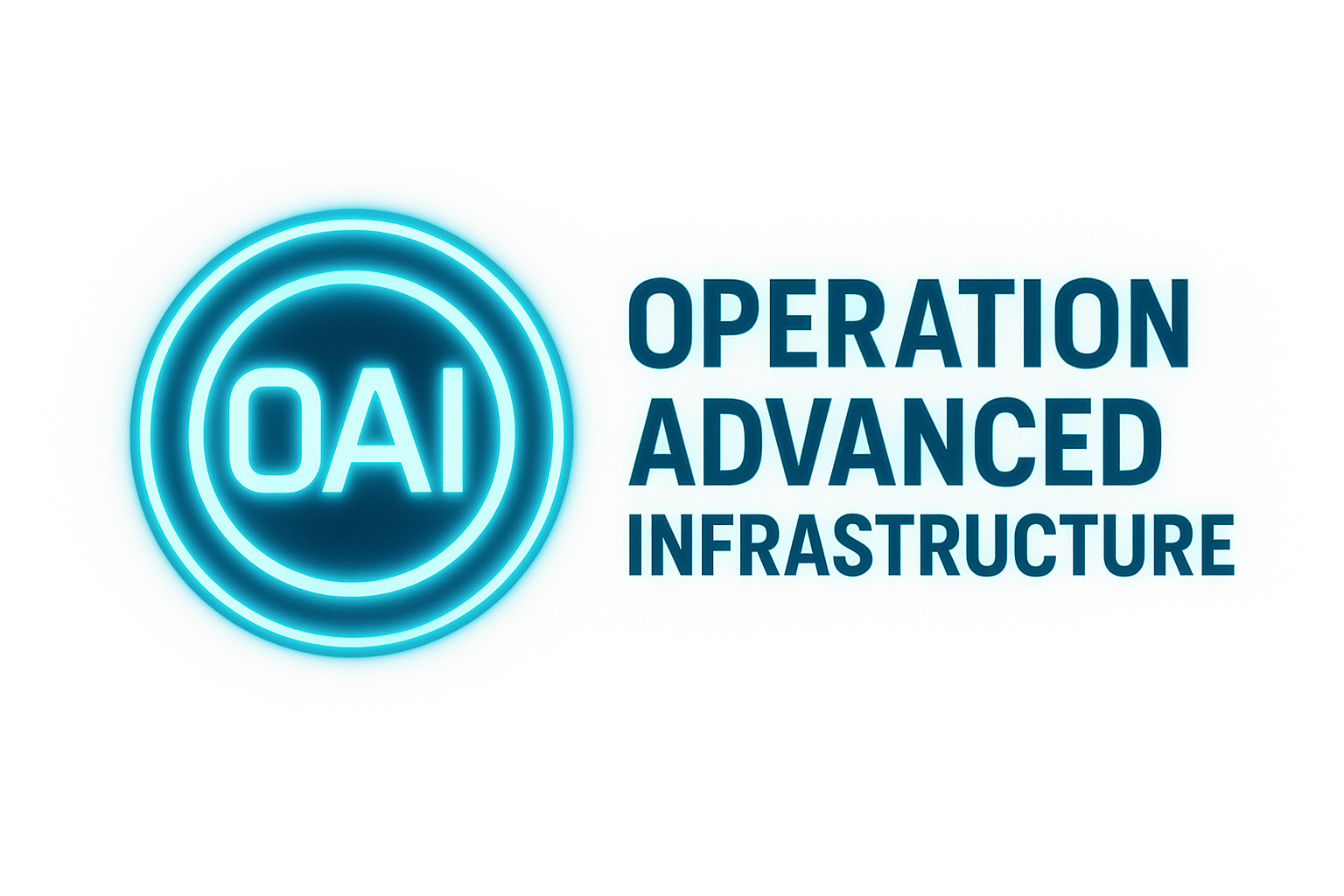| | 1 | Advantages of Tailored In-House Solutions: Training & Knowledge Growth |
| | 2 | |
| | 3 | 1. Deep Internal Skill Development |
| | 4 | • Why it matters: When teams build and maintain infrastructure in-house, they learn how systems actually work — not just how to operate a vendor interface. |
| | 5 | • Effect: Engineers develop expertise in foundational areas (OS internals, package management, security policy design), which leads to: |
| | 6 | • Better debugging capabilities |
| | 7 | • More informed decision-making |
| | 8 | • Reduced reliance on external support |
| | 9 | |
| | 10 | 2. Long-Term Organizational Memory |
| | 11 | • Why it matters: Skills developed in-house are retained and shared over time. |
| | 12 | • Effect: Your organization becomes institutionally smarter: |
| | 13 | • Team members train each other |
| | 14 | • Documentation and tooling become internal assets |
| | 15 | • Risk of “vendor brain drain” (loss of knowledge when a contract ends) is avoided |
| | 16 | |
| | 17 | 3. Training That Matches Reality |
| | 18 | • Why it matters: Training based on your own systems is always more effective than generic vendor certifications. |
| | 19 | • Effect: |
| | 20 | • You train your team on tools they actually use |
| | 21 | • The training environment matches production |
| | 22 | • Less time is spent learning features or workflows irrelevant to your use case |
| | 23 | |
| | 24 | 4. Tooling as Knowledge Capital |
| | 25 | • Why it matters: Every script, service, and config file you build reinforces your team’s understanding and becomes reusable knowledge. |
| | 26 | • Effect: You accumulate reusable code, templates, and practices that: |
| | 27 | • Speed up onboarding |
| | 28 | • Enable more rapid iteration |
| | 29 | • Are fully aligned with your values (security, transparency, minimalism, etc.) |
| | 30 | |
| | 31 | 5. Empowerment and Retention |
| | 32 | • Why it matters: Developers and sysadmins are more motivated when working on systems they understand and shape. |
| | 33 | • Effect: |
| | 34 | • Higher job satisfaction and team cohesion |
| | 35 | • Increased employee retention |
| | 36 | • A culture of craftsmanship, not just operations |
| | 37 | |
| | 38 | 6. Security Through Understanding |
| | 39 | • Why it matters: Security doesn’t just come from hardening checklists — it comes from understanding the system deeply. |
| | 40 | • Effect: |
| | 41 | • Your team can spot misconfigurations or anomalies faster |
| | 42 | • You can build context-aware mitigations that generic vendors don’t anticipate |
| | 43 | • You’re better equipped to perform meaningful audits and threat modeling |
| | 44 | |
| | 45 | ⸻ |
| | 46 | |
| | 47 | In Contrast: External / Vendor-Driven Solutions |
| | 48 | |
